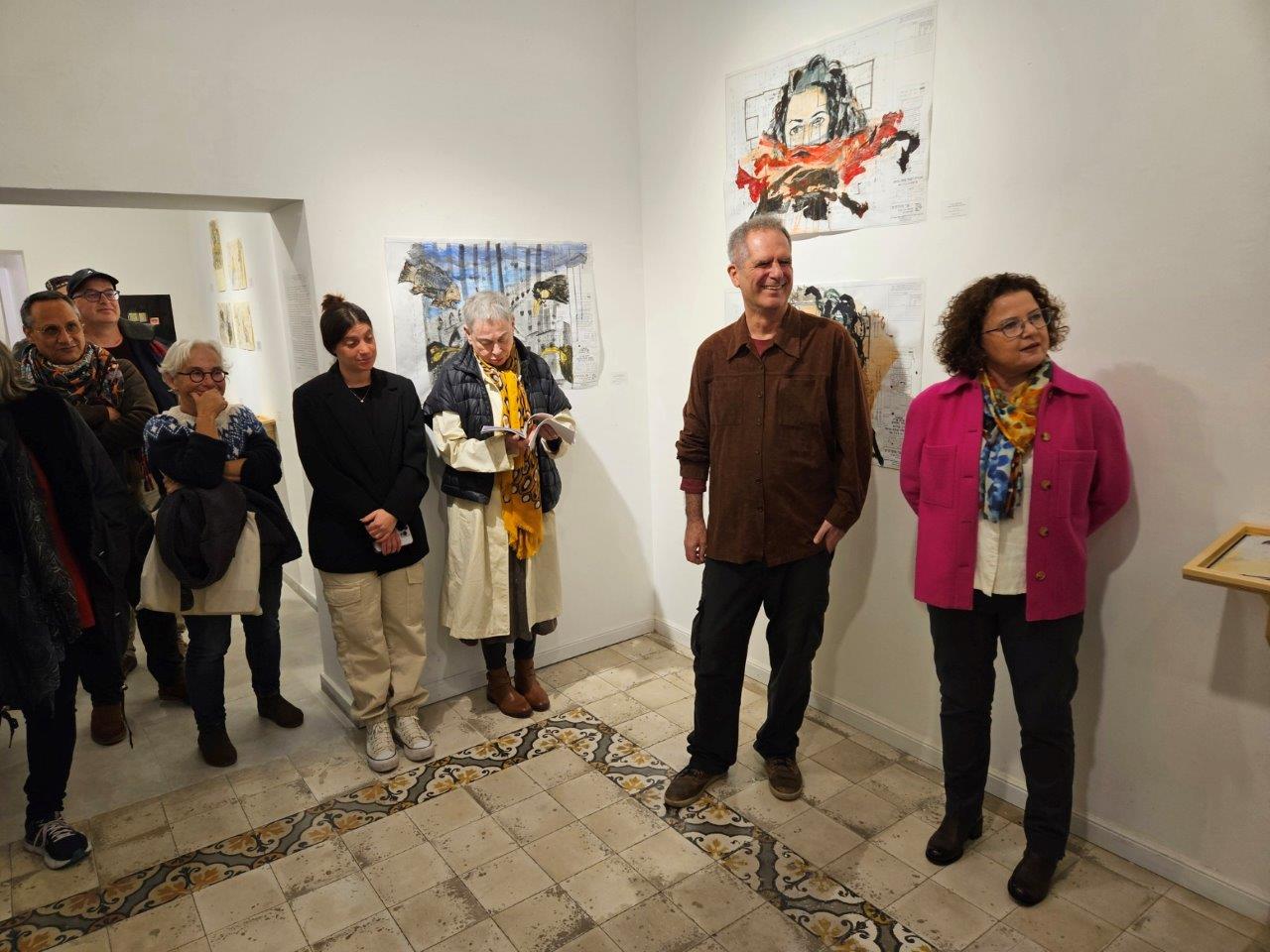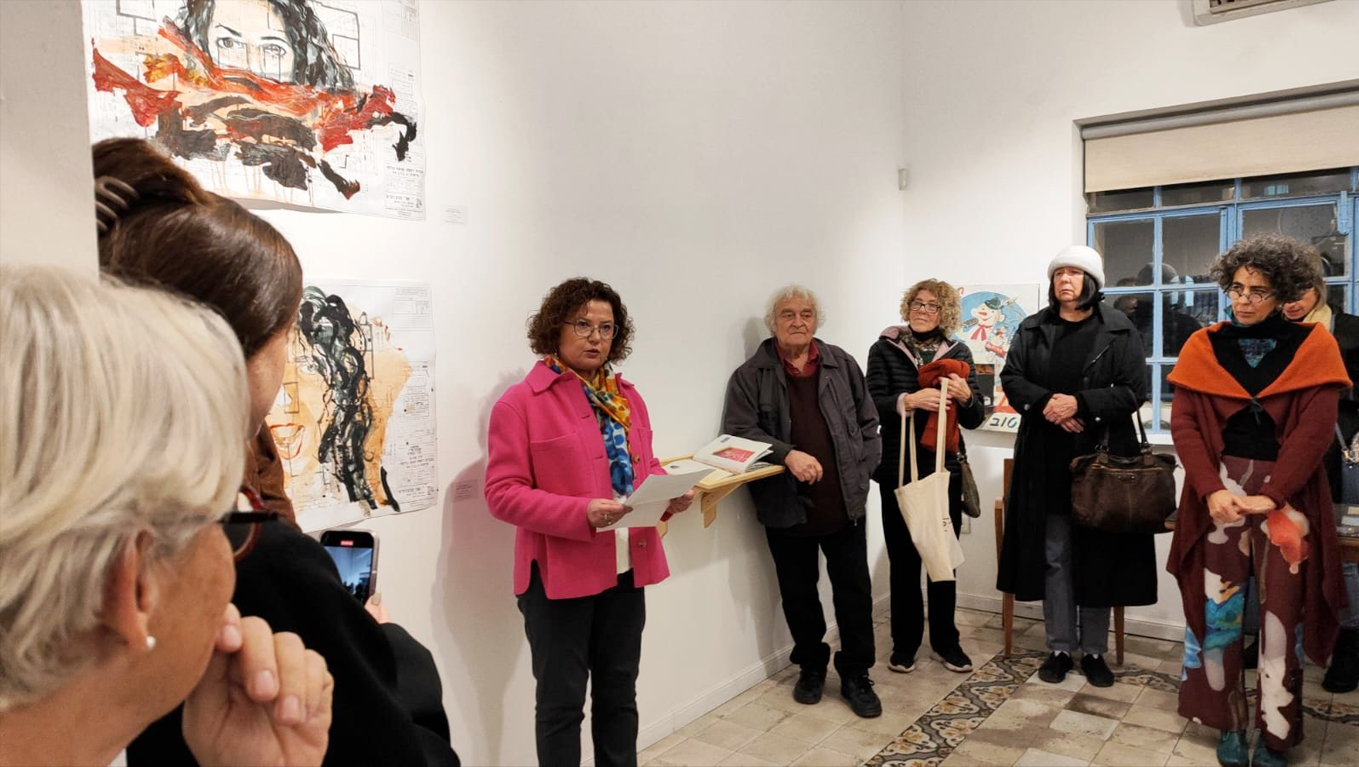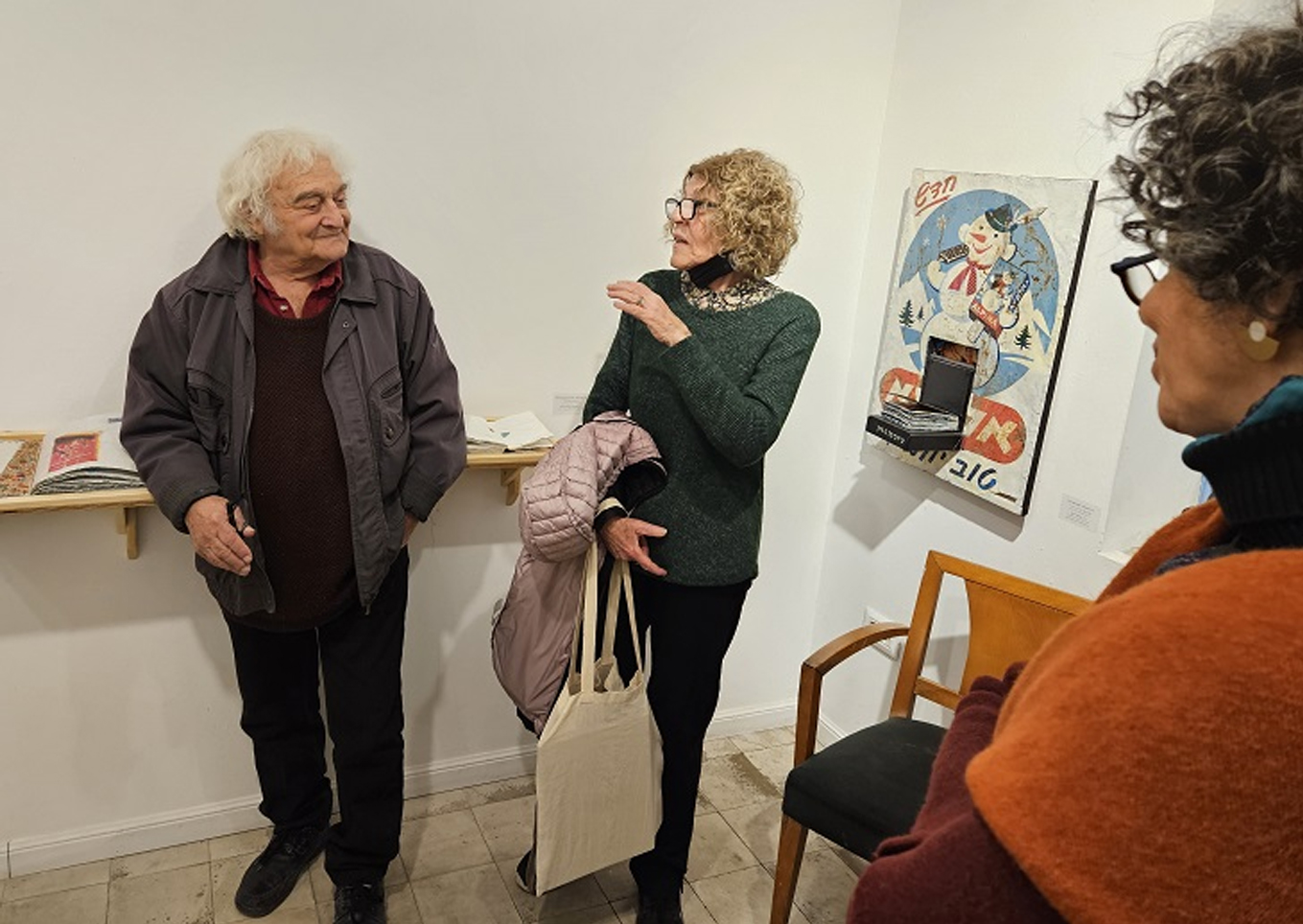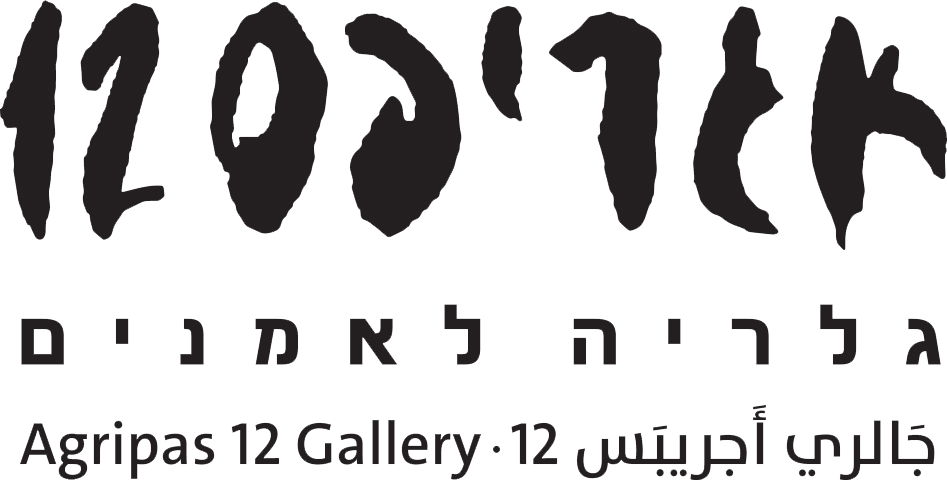
מבעד ומעבר לנייר, ספרי אמן ועבודות על נייר של אמני הגלריה אגריפס 12 ואמנים אורחים
אוצרת: לוטי גומבוש
פתיחה: 8.2.2024 / נעילה: 2.3.2024
משתתפים: דורון אדר, ימימה ארגז, יורם בלומנקרנץ, לנה זידל, עודד זידל, צבי טולקובסקי, ריטה מנדס-פלור, שרה נינה מרידור, רינה פלד, אהרון קריצר, בתיה רוזנק, מירי שטראוס טללים, פנינה שלוי, פרוין שמואלי-בוכניק ורות שרייבר
מבעד ומעבר לנייר
התערוכה מבעד ומעבר לנייר מנסה להתחקות אחר תהליכי עבודה של אמנים באמצעות התבוננות במתווים ובניסיונות בחומר. בהתבוננות זו, כל שכבה היא עבודה בפני עצמה. כל קו, מפגש קווים או מתווה מקבל מעמד עצמאי. מבחינת האמן כל משיכת מכחול היא סוג של ״פגישה קטנה״, אירוע חד פעמי ובלתי חוזר בעליל. בכל תנועת יד טמון מטען רגשי שלא מאפשר חיקוי או חזרתיות. כך למשל בסדרת העבודות ״נושאים ווריאציות״ הביע והוכיח אנרי מאטיס כי בכל קו נקי, עדין, רגיש, פשוט ובודד יש כח ציורי עצום.
נדמיין לרגע יצירת קומפוזיציה מוזיקאלית שבנויה משלל צלילים. רצף קצר של צללים אינם קומפוזיציה מוגמרת, אבל מוזיקאלית הם עונים אחד לשני ומתמזגים ליצירה בפני עצמה. האמנים מרגישים, אמר פסח סלבוסקי ״כי יש איזה דבר להביעו באמנות, אשר טרם הובע, והם מוסיפים צליל, תו, משל עצמם״.1
בדיקות וחיפושים שמבצע האמן אינם בהכרח אחר נושאים, אלא, יותר מכל, בחינה של התנהגות חומרית, מרקמים או צירופים משותפים. מה קורה כשחומר שומני פוגש צבע מדולל? איך מתנהג צבע מים במגע עם נייר מצופה שעווה? איך החומר מועיל למצע (ולהפך)? האם נוצרות זרימות משוחררות של צבע או שיש הפרעות ושיבושים בהתפשטותו?
בתערוכה מוצגים ספרי-אמן וספרי סקיצות כקטגוריות נפרדות. ספרים אלו הם נטולי קומפוזיציה ותכנון מראש. הם נעדרי כרונולוגיה או רצף הגיוני אחר בין הדפים. כל דף או חלק מהדף טעון בהשראה ובאנרגיה התלויים בזמן ובמרחב עבודה. מה שמתרוצץ במוחו של האמן מתפרץ על הנייר.
לעיתים ספר-אמן חושף הן את חומרי הגלם ממנו הוא עשוי – נייר בעבודת יד או נייר תעשייתי, הן את התגובות הציוריות והחומריות של פעולה אמנותית. האמן תר ללא הרף אחר ניסיון להביע את עצמו, לחפש ולחקור מהן ההתרחשויות המפתיעות והגבולות החומריים במפגשי הנייר עם מדיום נבחר.
צבי טולקובסקי, עוסק בעשיית ספרי-אמן בעבודת יד מתחילתם (יצור נייר ידני) ועד סופם (כריכת הספר). הוא סיפר בראיון לקראת תערוכתו שהוצגה בשנת 2023 במוזיאון ישראל ״צליינות בארץ הקודש״ כי עבודה על נייר היא גורם מרפא. בניגוד לנייר, הבד הוא עוין. הציור ידוע כרוצח שקט כי הוא תמיד צריך להיות חשוב. לדעתו, הספרים הם ״טוהר״ כי מייצגים את האמן ברגעים הלא חשובים שלו.
1. פסח סלבוסקי, השראה חוזרת לתיקונה, ירושלים: בצלאל קתדרה, 1989, מבוא.
Through & Beyond Paper
The exhibition Through & Beyond Paper seeks to trace artists’ work processes by looking at sketches and experiments with materials. Looking in this way, each layer is a work in and of itself.
Each line, intersection of lines or outline receives an independent status. From the artist's point of view, each stroke of a brush is a kind of "little meeting", a one-time and obviously unrepeatable event. Every hand movement contains an emotional charge that does not allow for imitation or repetition. For example, in the series of works "Themes and Variations" Henri Matisse showed that every clean, delicate, sensitive, simple, and solitary line has enormous pictorial power.
Let's imagine for a moment creating a musical composition that is built from a range of sounds. A short sequence of sounds is not a finished composition, but musically they answer each other and merge into a work in and of itself. Artists feel, said Pesach Slabosky, that there is something to be expressed in art, which has not yet been expressed, and they add a sound, a note, of their own."1
Investigations and probes carried out by the artist are not necessarily a search for subject matter, but, above all, an examination of the behavior of materials, textures, or shared combinations. What happens when fatty material meets diluted paint? How does watercolor behave in contact with wax-coated paper? How does the material benefit the substrate (and vice
versa)? Do the colors flow freely, or are there disturbances and disruptions in their spread?
In the exhibition, artist’s books and sketchbooks are presented as separate categories. These books are devoid of composition and advance planning. They lack a chronology or other logical sequence between the pages. Each page or part of a page is loaded with inspiration and energy that depend on the time and space of the work process. What runs through the artist's mind bursts onto the paper.
Sometimes an artist's book reveals both the raw materials from which it is made – handmade paper or industrial paper, and the pictorial and material reactions of the creative process. The artist was constantly looking for an attempt to express her or himself, to search for and explore the surprising occurrences and the limits of materiality in the encounters of paper with a chosen medium.
Zvi Tolkovsky is engaged in making handmade artist’s books from the beginning (manual paper creation) to the end (book cover). He said in an interview ahead of his exhibition presented in 2023 at the Israel Museum "Pilgrimage in the Holy Land" that working on paper is a healing factor. Unlike paper, fabric is hostile. Painting is known as a silent killer because it must always be important.
In his opinion, the books are "purity" because they represent the artist in his or her unimportant moments.
Yaniv Shapira also described that "unlike a painting, where the painter stands in front of the canvas and is required to deal with technical and aesthetic values, an artist's book is marked by its intuitiveness, immediacy and intimacy. While the viewer of a painting is exposed to the image 'in one fell swoop', an artist's book is deciphered gradually and over time.2
- Pesach Slabosky, The Reconditioned Inspiration: Bezalel Academy of Art and Design, Jerusalem, 1989, Introduction.
- Yaniv Shapira, Imaginary Practice: Carmel, Jerusalem, 2013.

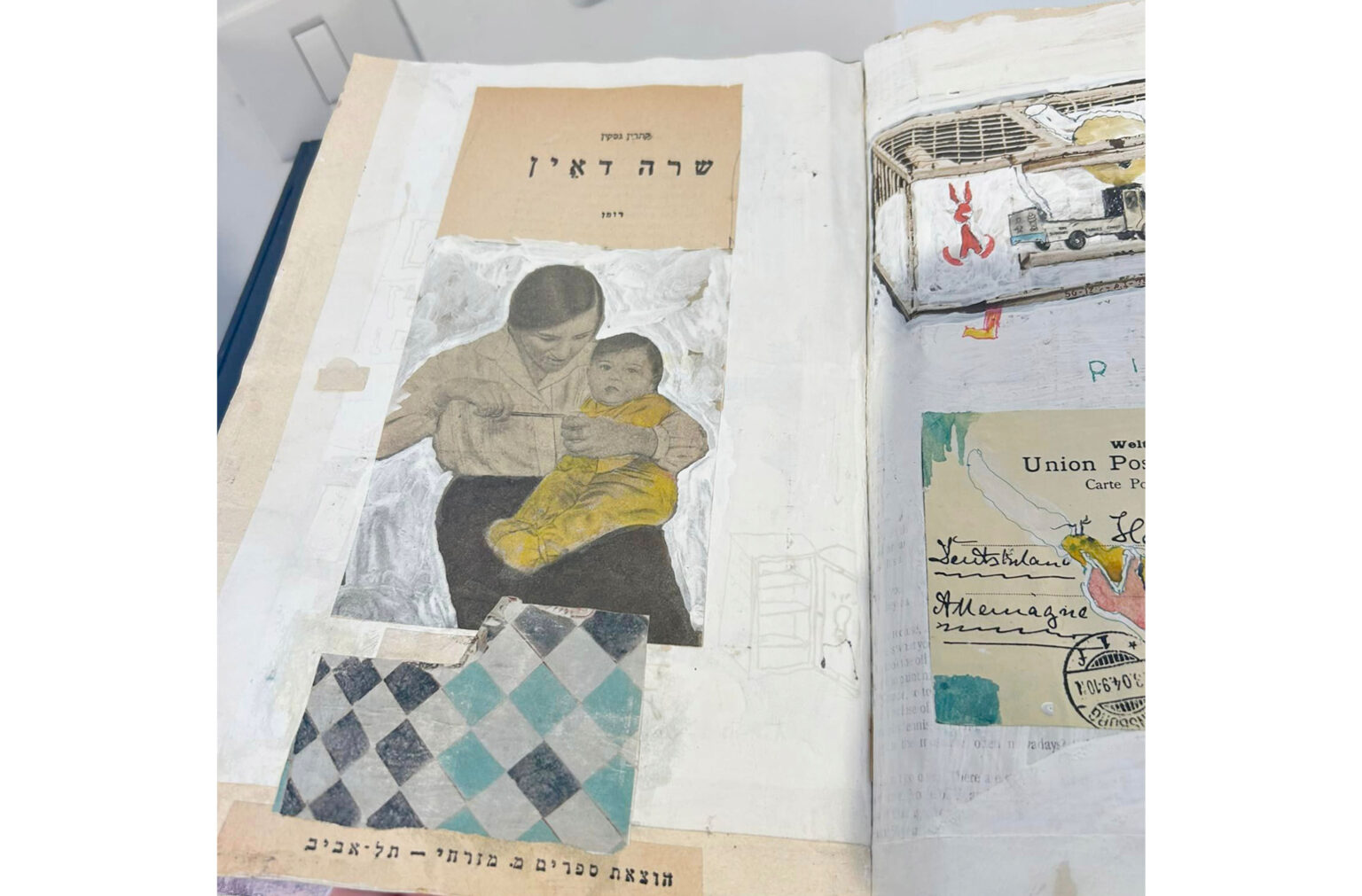

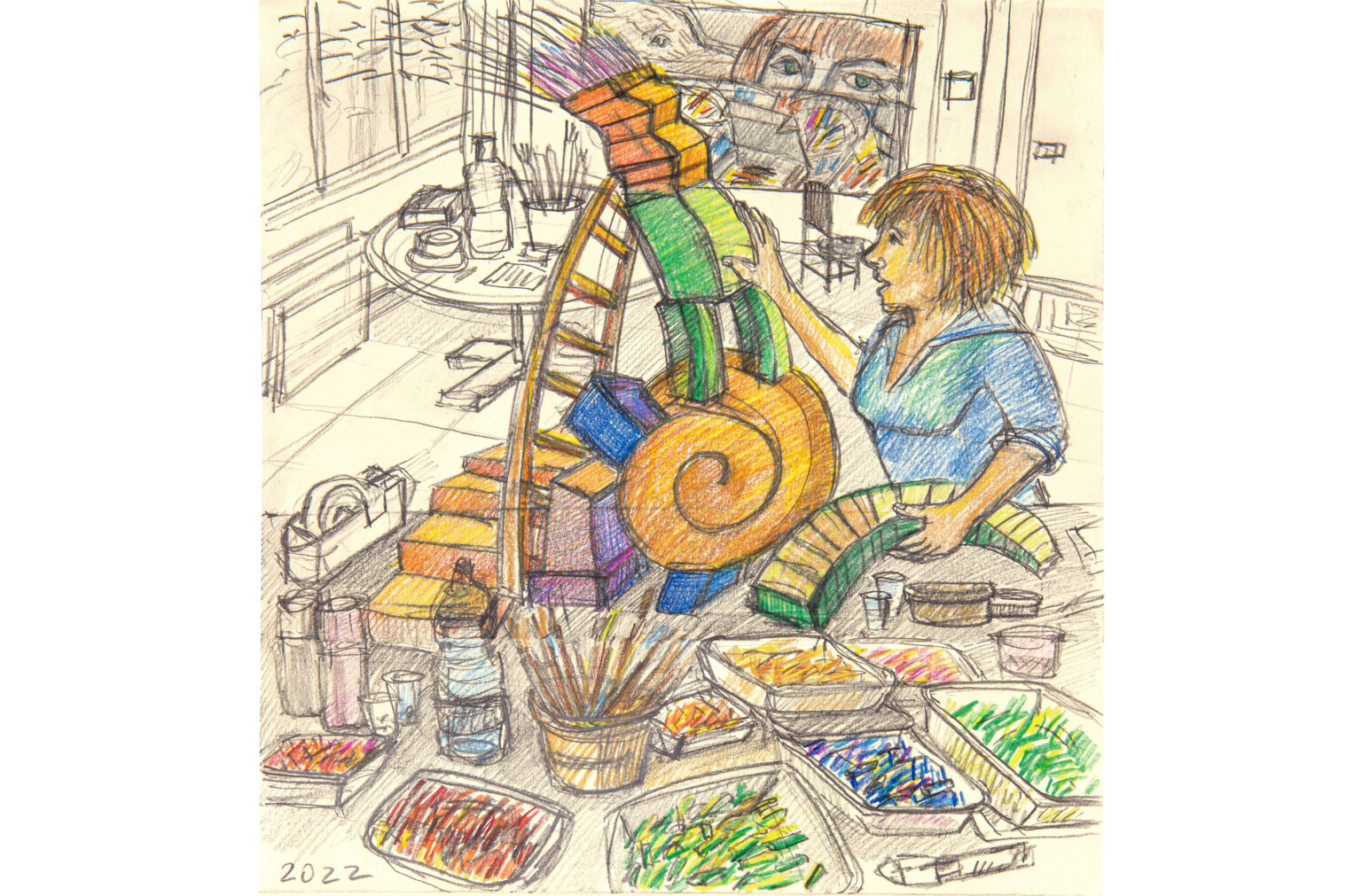
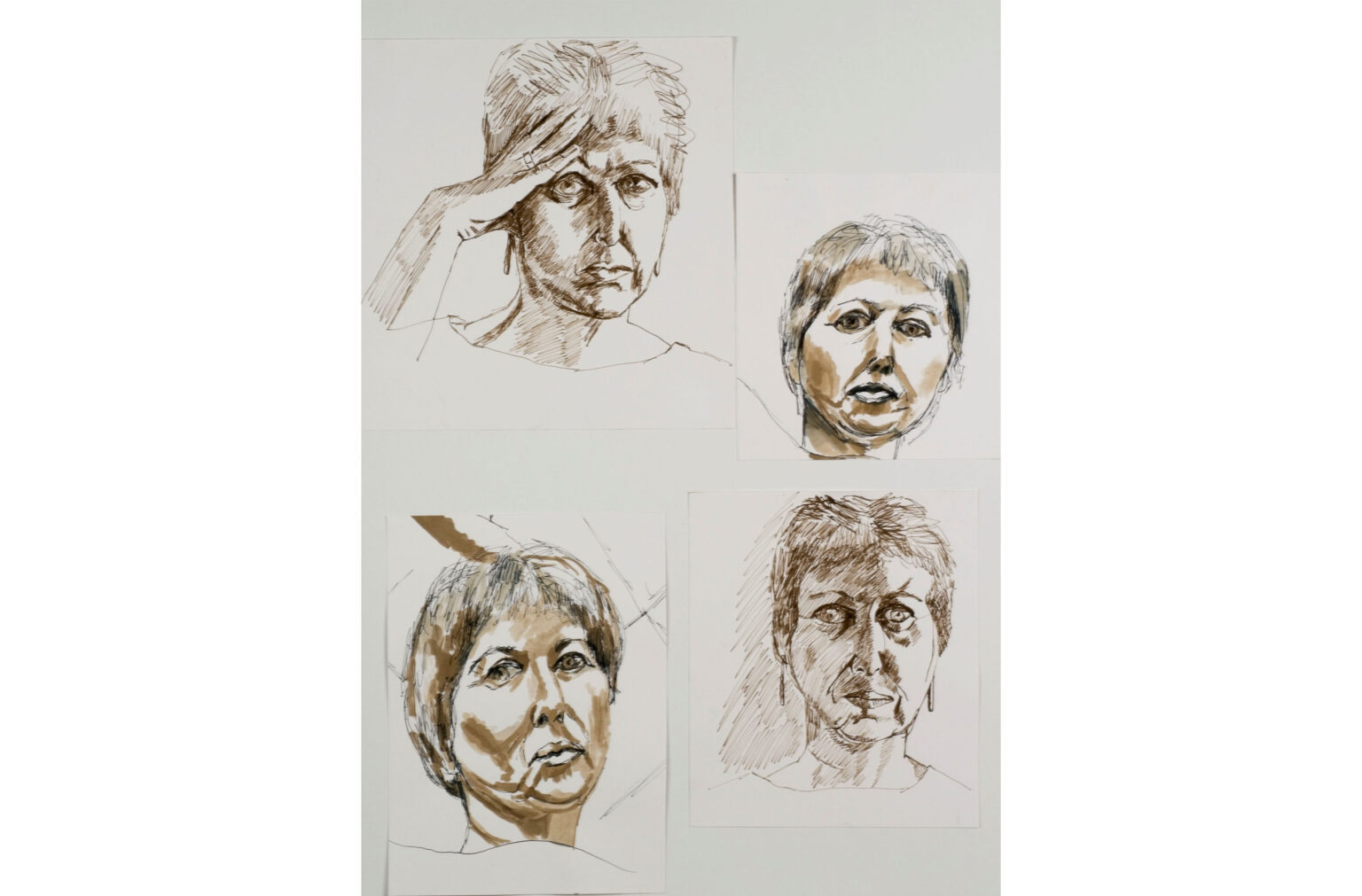
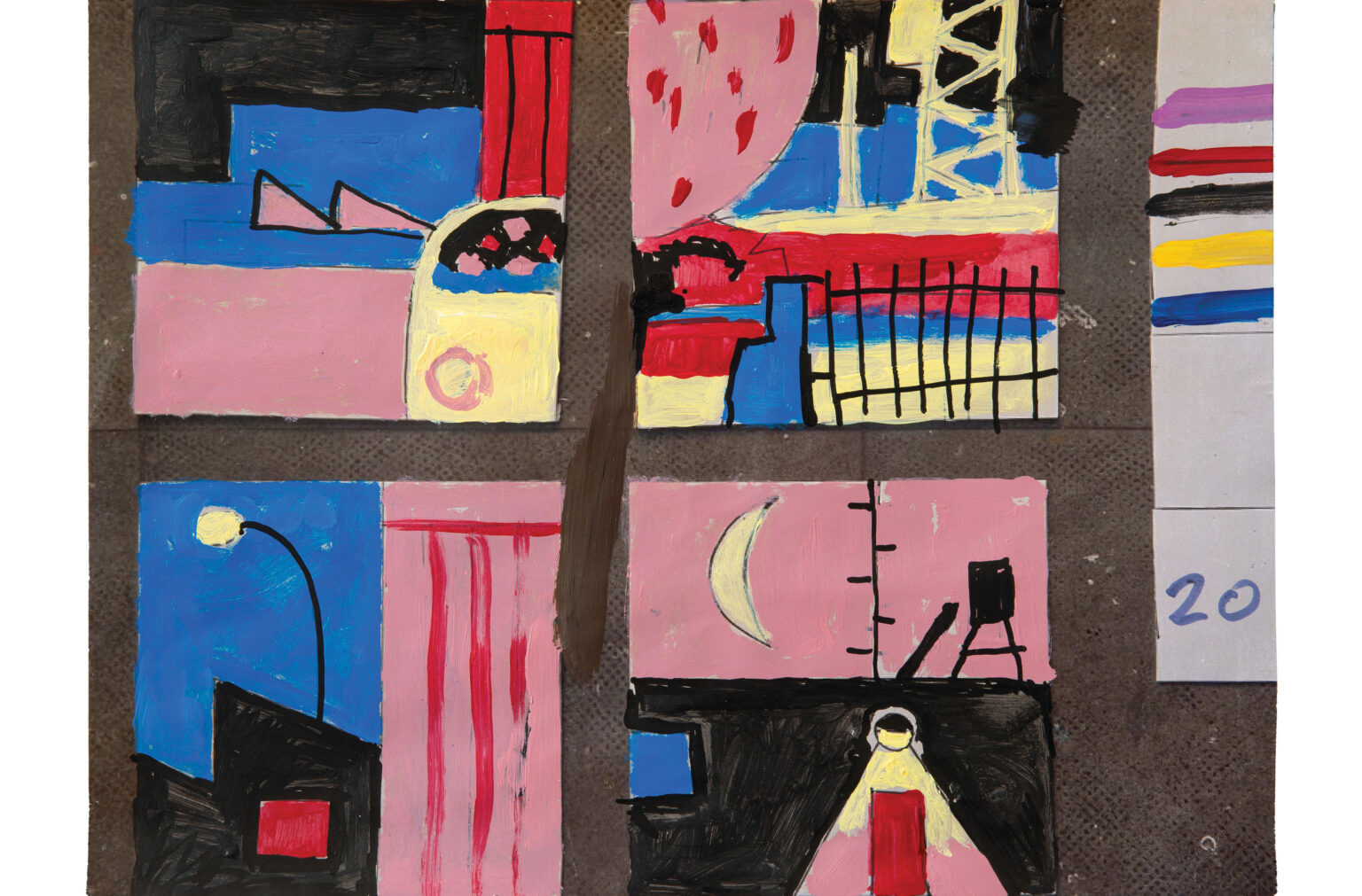

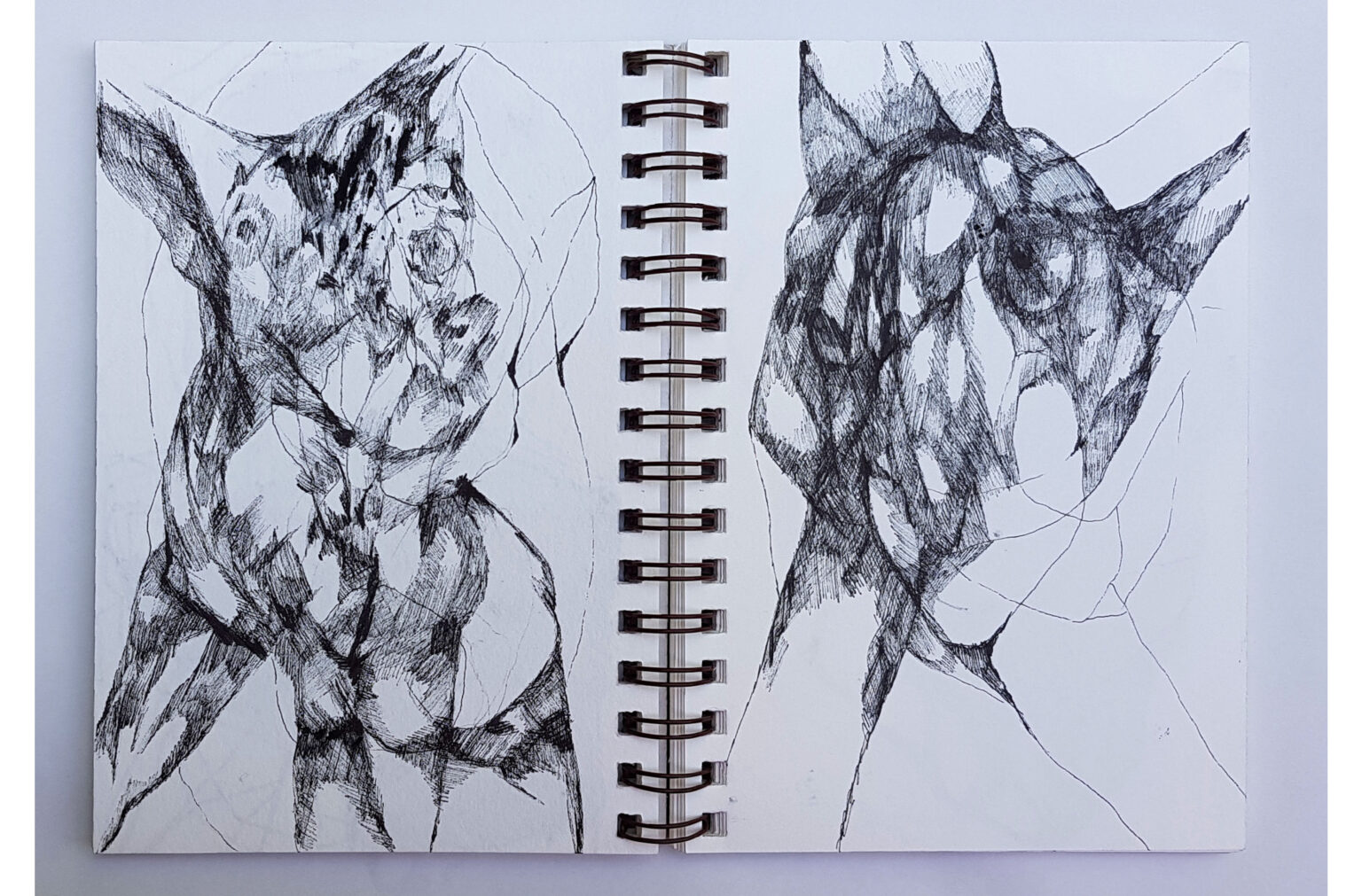

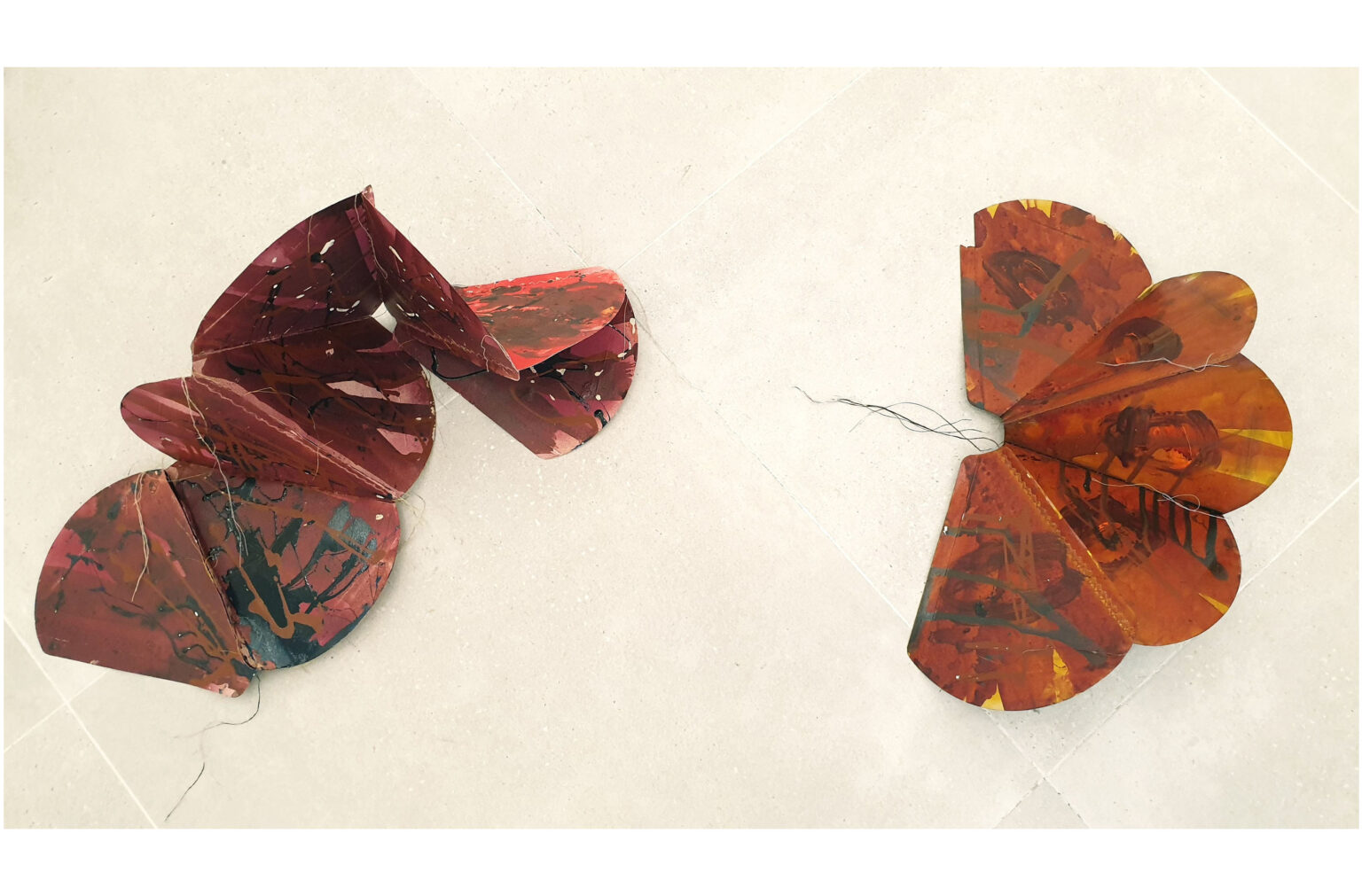
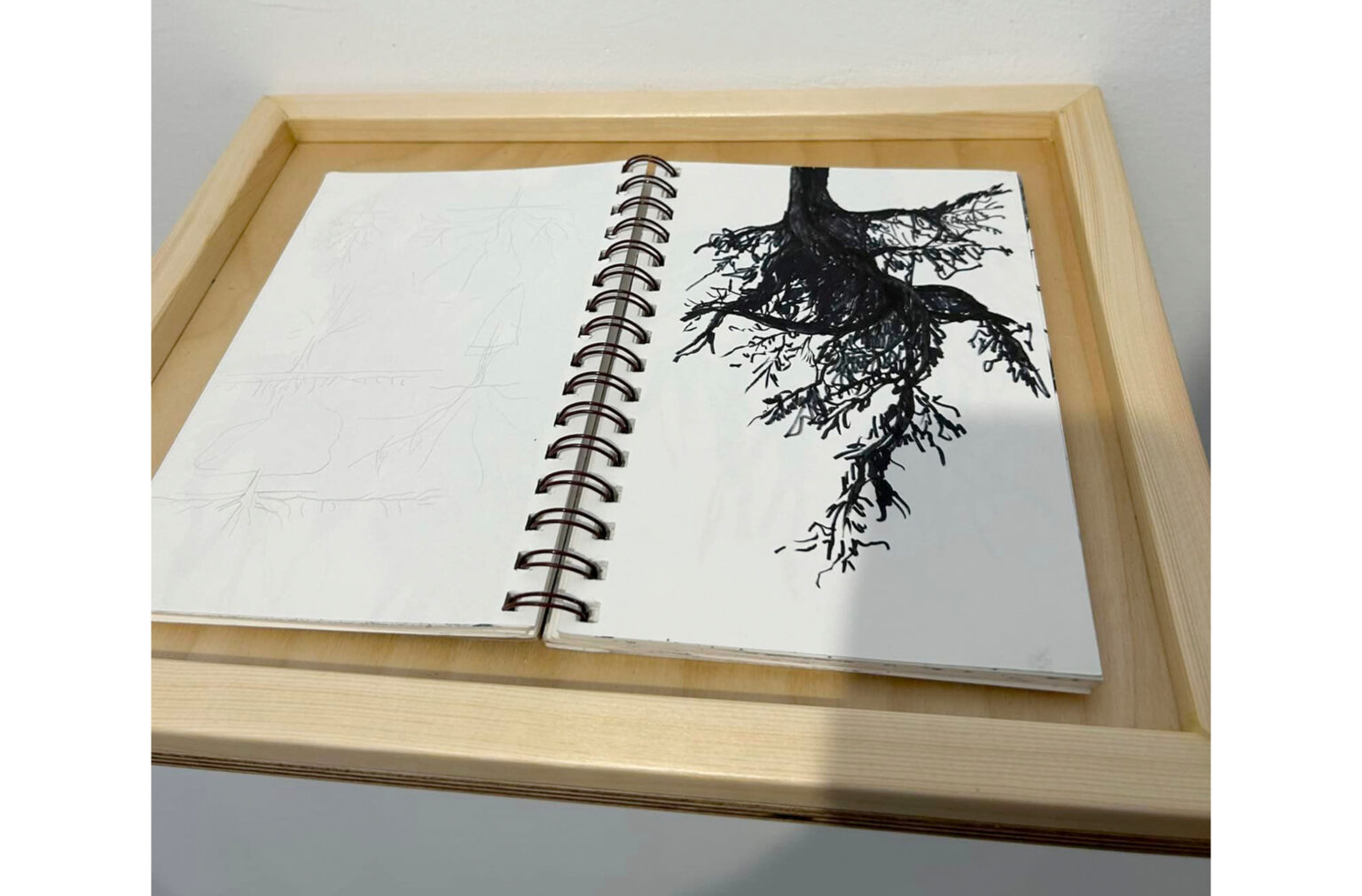
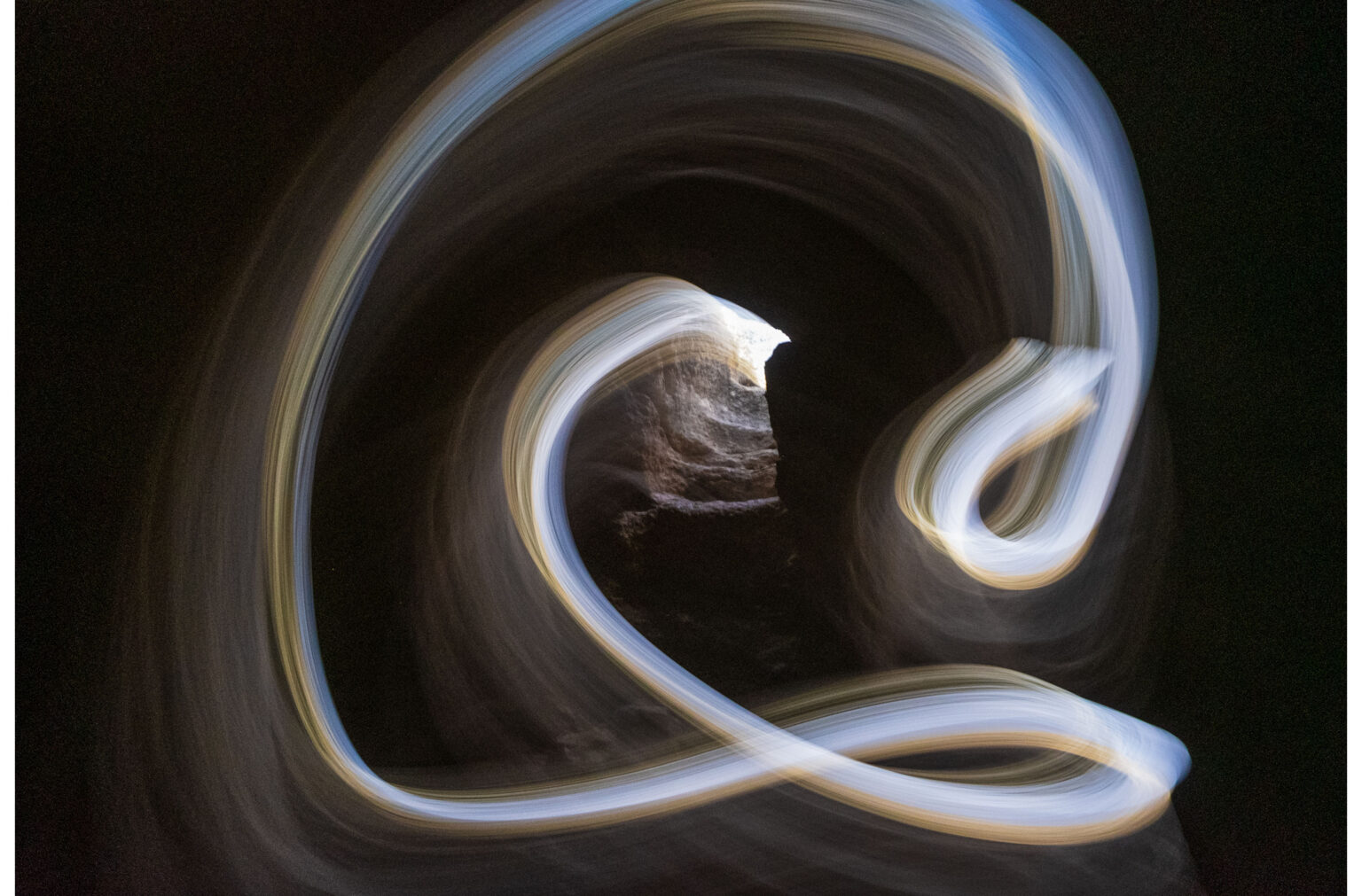
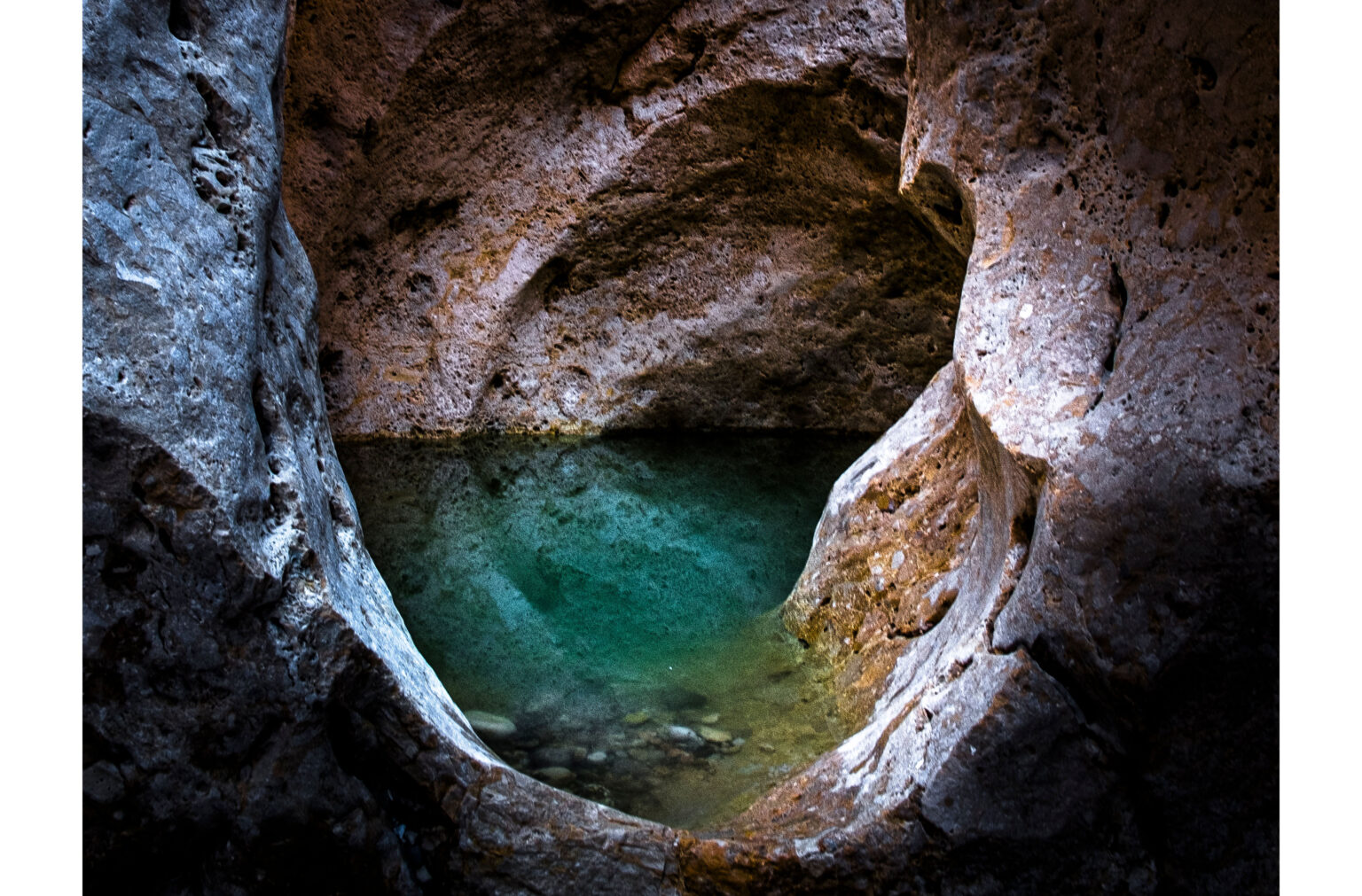
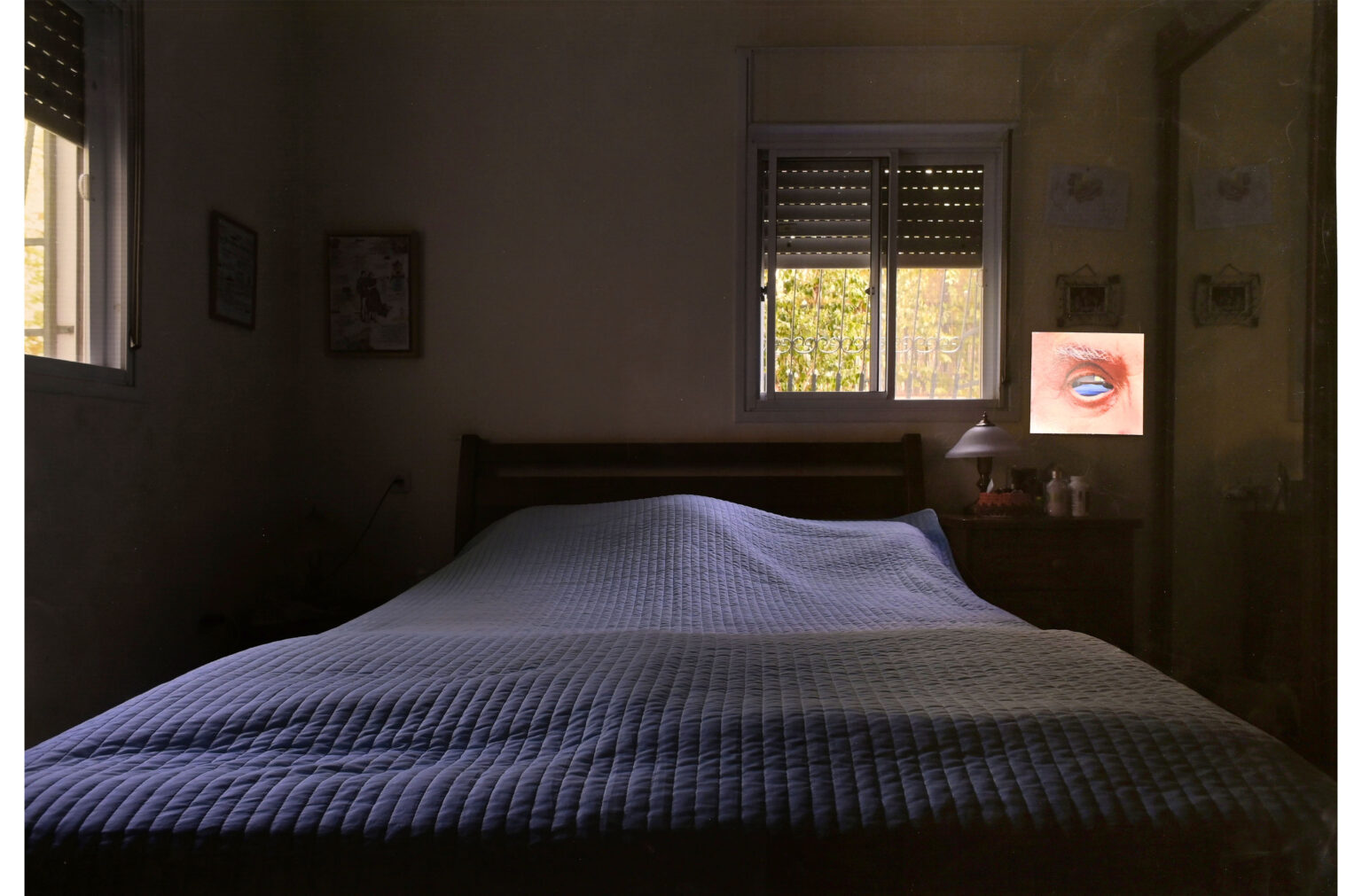
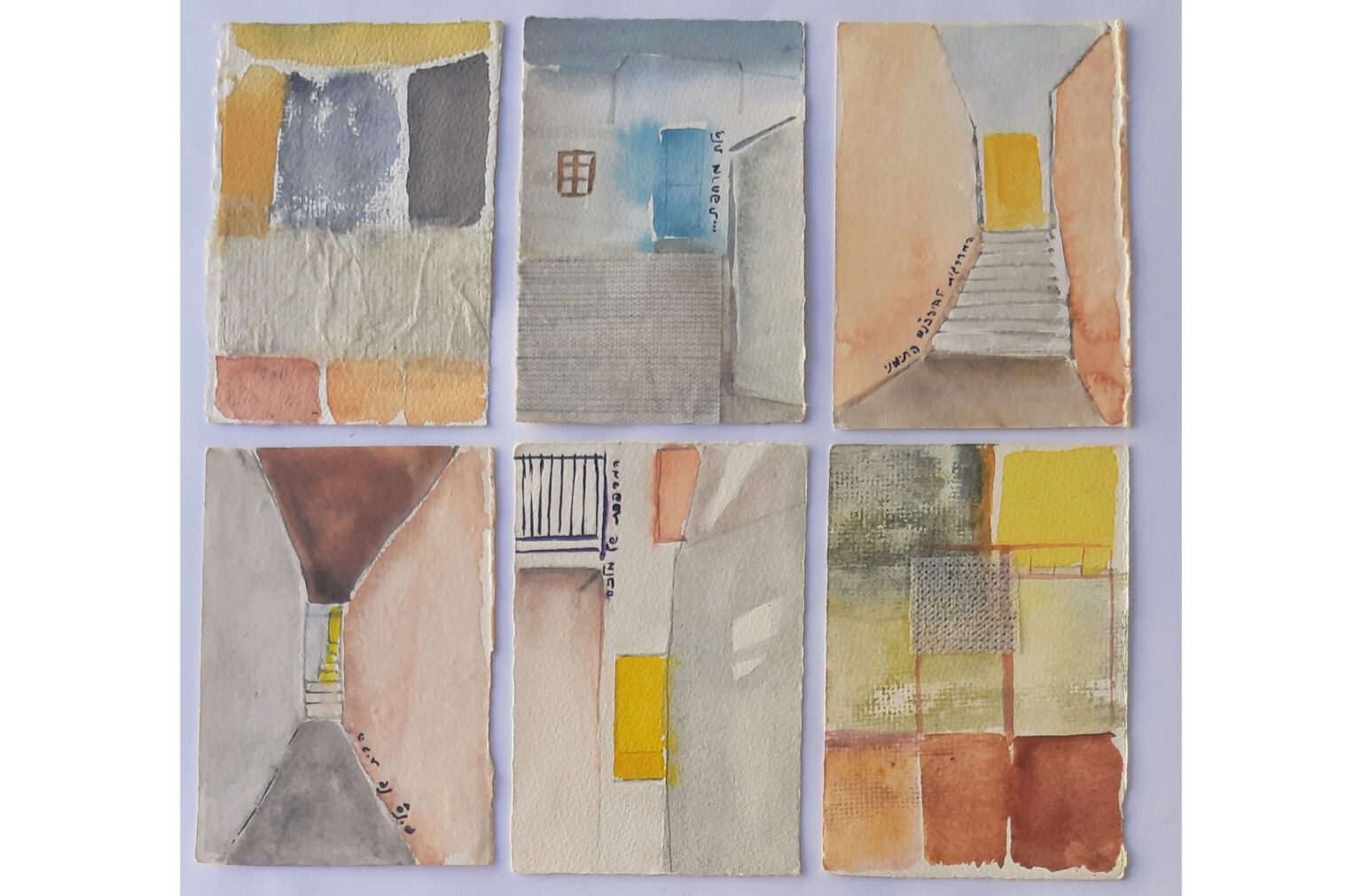


״ראה את הקו, שאתה והזמן עושים יחדיו…
ראה ודע, שכל סימן שאתה עושה על-גבי גליון
נייר פותח וסוגר עולמות״
פסח סלבוסקי
